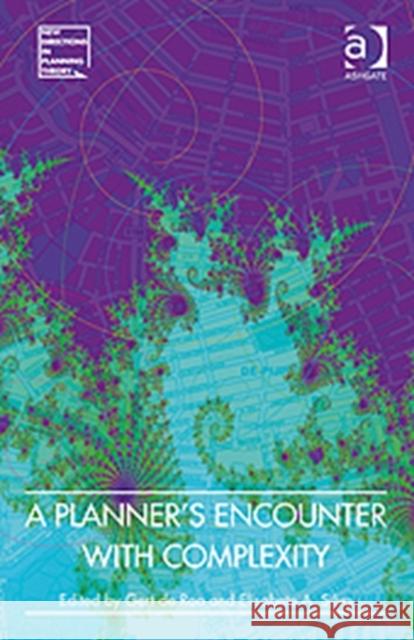A Planner's Encounter with Complexity » książka
A Planner's Encounter with Complexity
ISBN-13: 9781409402657 / Angielski / Twarda / 2010 / 360 str.
A Planner's Encounter with Complexity
ISBN-13: 9781409402657 / Angielski / Twarda / 2010 / 360 str.
(netto: 673,60 VAT: 5%)
Najniższa cena z 30 dni: 654,86
ok. 22 dni roboczych
Bez gwarancji dostawy przed świętami
Darmowa dostawa!
Spatial planning is about dealing with our 'everyday' environment. In A Planner's Encounter with Complexity we present various understandings of complexity and how the environment is considered accordingly. One of these considerations is the environment as subject to processes of continuous change, being either progressive or destructive, evolving non-linearly and alternating between stable and dynamic periods. If the environment that is subject to change is adaptive, self-organizing, robust and flexible in relation to this change, a process of evolution and co-evolution can be expected. This understanding of an evolving environment is not mainstream to every planner. However, in A Planner's Encounter with Complexity, we argue that environments confronted with discontinuous, non-linear evolving processes might be more real than the idea that an environment is simply a planner's creation. Above all, we argue that recognizing the 'complexity' of our environment offers an entirely new perspective on our world and our environment, on planning theory and practice, and on the raison d'Aatre of the planners that we are. A Planner's Encounter with Complexity is organized into 17 chapters. It begins with the interplay of planning and complexity from the perspective of contemporary planning theory. It continues by critically assessing planning theory and practice in the light of the interdisciplinary debate regarding complexity thinking. As the book progresses, it positions itself ever closer to the perspective of complexity thinking, looking at the planning discipline 'from the outside in', clarifying the facets of complexity and its importance in planning. Finally, conceptual and theoretical developments towards more applied examples are identified in order to see the interplay of planning and complexity in practice. This book emphasizes the importance of complexity in planning, clarifies many of the concepts and theories, presents examples on planning and complexity, and proposes new ideas and methods for planning.











